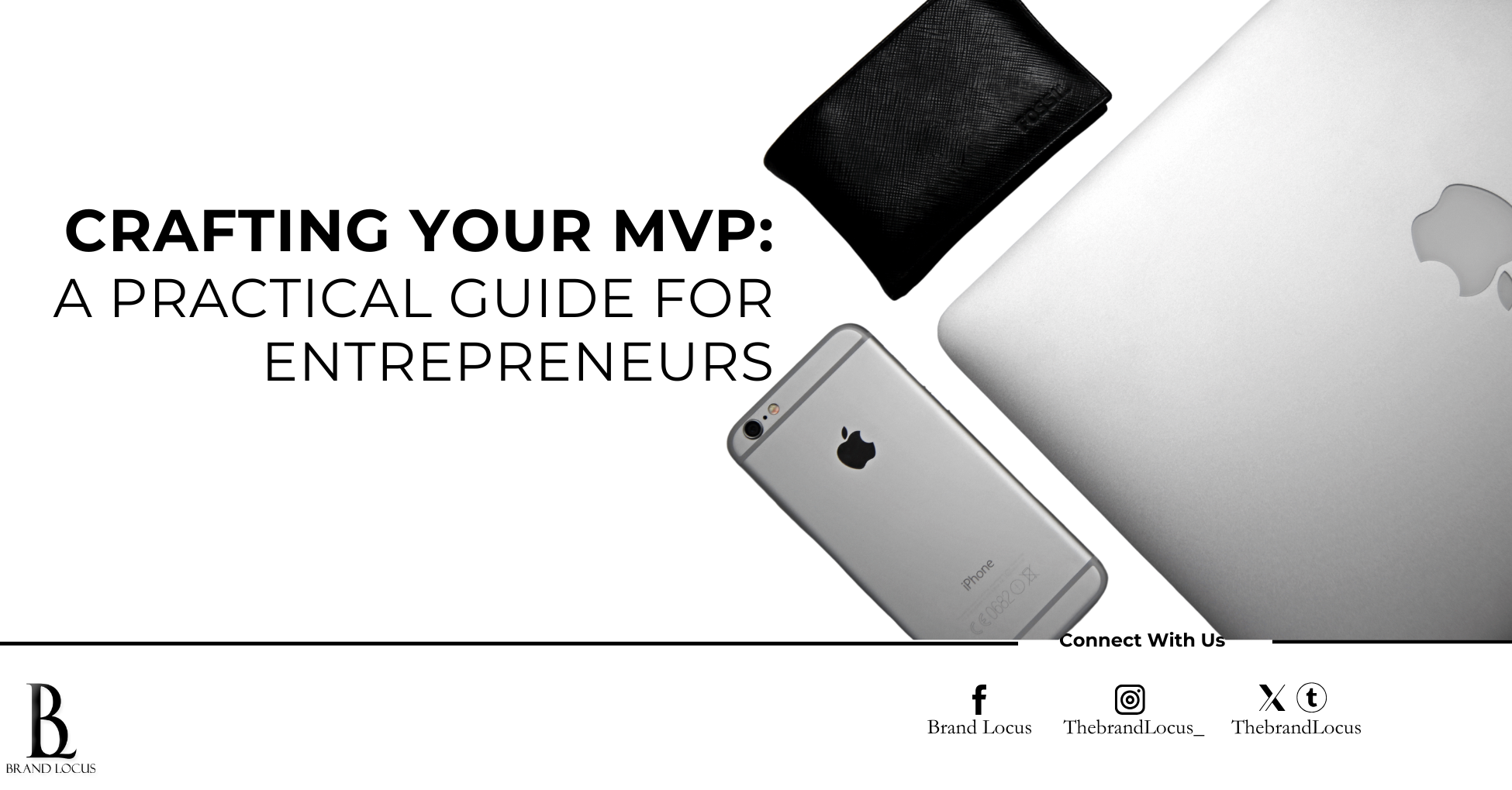In the world of entrepreneurship, an MVP—Minimum Viable Product—is not just a concept; it’s a strategy. It allows you to test your idea, gather feedback, and iterate without committing all your resources upfront. Whether you’re launching an app, starting a service-based business, or introducing a new product, an MVP lets you validate your vision efficiently.
Here's how to get started:

What Is an MVP?
An MVP is the simplest version of your product or service that solves a key problem for your target audience. It should have just enough features to meet initial needs and provide valuable feedback for improvement. Think of it as a rough sketch, not the final masterpiece.
Simple Ways to Create an MVP
- Define the Core Problem
Ask yourself: What is the single most important problem my idea solves? Your MVP should address this problem alone, avoiding unnecessary features. - Focus on Your Target Audience
Identify a niche group of users most likely to need your solution. Their feedback will shape the evolution of your product or service. - Choose Simple Tools
Use free or low-cost tools to create your MVP:- Landing Pages: Use platforms like Wix or Carrd to present your idea and gauge interest.
- Mockups & Prototypes: Figma or Canva can help you design and share visual representations.
- Surveys & Forms: Tools like Google Forms or Typeform let you gather feedback efficiently.
- Social Media: Test your idea by creating an Instagram or Twitter page for free and track engagement.
- Test Before Building
Start with a demo or a manual version of your service. For example, if you plan to build a food delivery app, try managing orders manually via WhatsApp to validate demand before coding. - Iterate Based on Feedback
Once your MVP is out, collect feedback rigorously. Remember, the goal isn’t perfection—it’s learning and improving.
What Makes a Great MVP?
- Solves a Specific Problem: Your MVP should address a clear pain point, no matter how basic.
- User-Friendly: Simplicity beats sophistication in the early stages.
- Easy to Scale: Lay a foundation that can grow with your business.
- Feedback-Oriented: Built with the intent to listen and evolve.
Real-Life MVP Inspiration
- Dropbox: Launched as a demo video before creating the full product.
- Airbnb: Began with a simple website renting out a single apartment.
- Twitter : Started as an internal communication tool for a small group of employees.
An MVP is a stepping stone, not the finish line. It enables you to experiment, make mistakes, and pivot without overwhelming financial or time investments. Remember, the essence of an MVP lies in understanding your audience and solving their problems, one step at a time.
Ready to Build Your MVP?
Brand Locus can guide you through the MVP creation process, from conceptualization to execution. Schedule a free consultation today, and let’s bring your idea to life!
